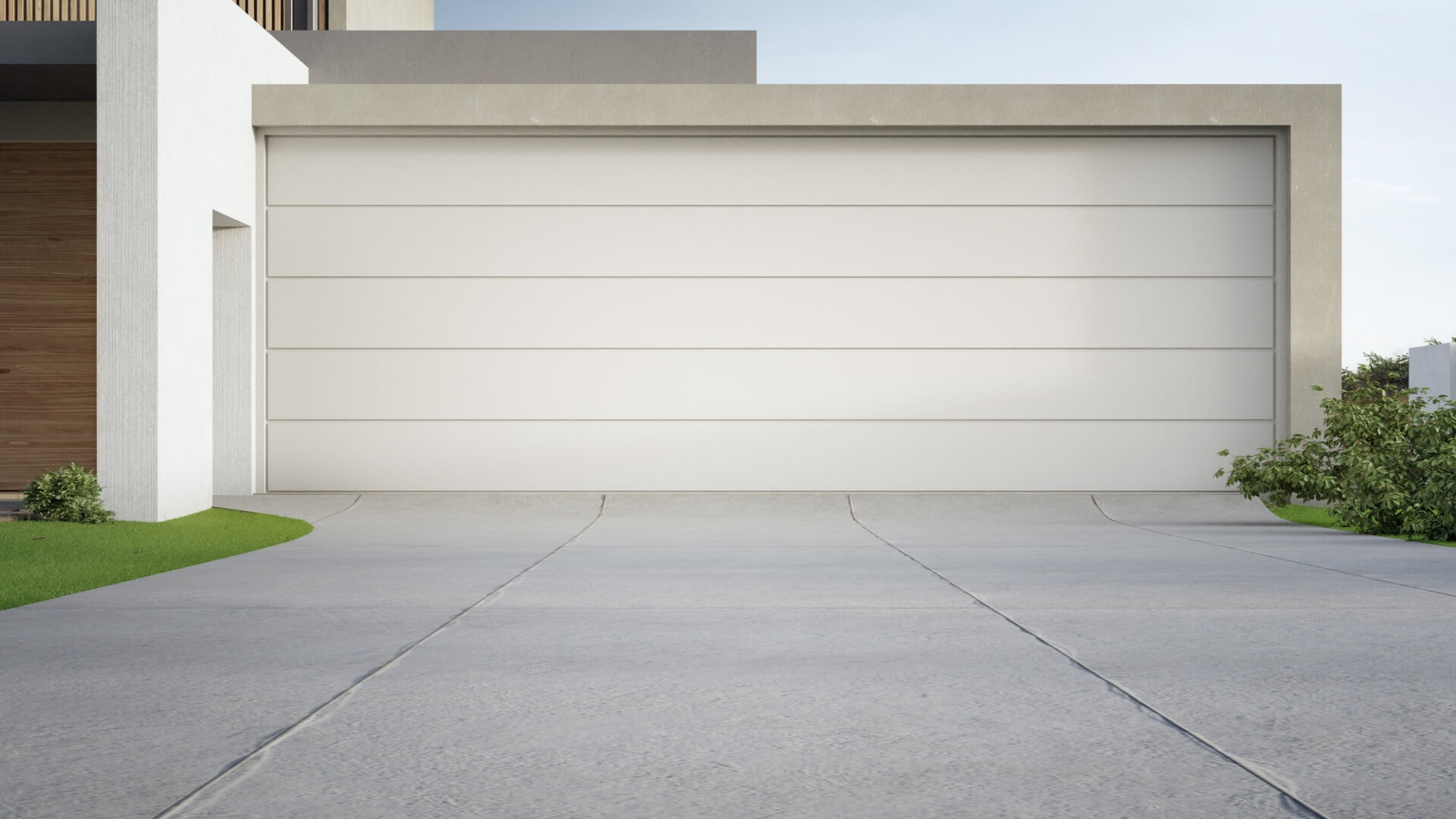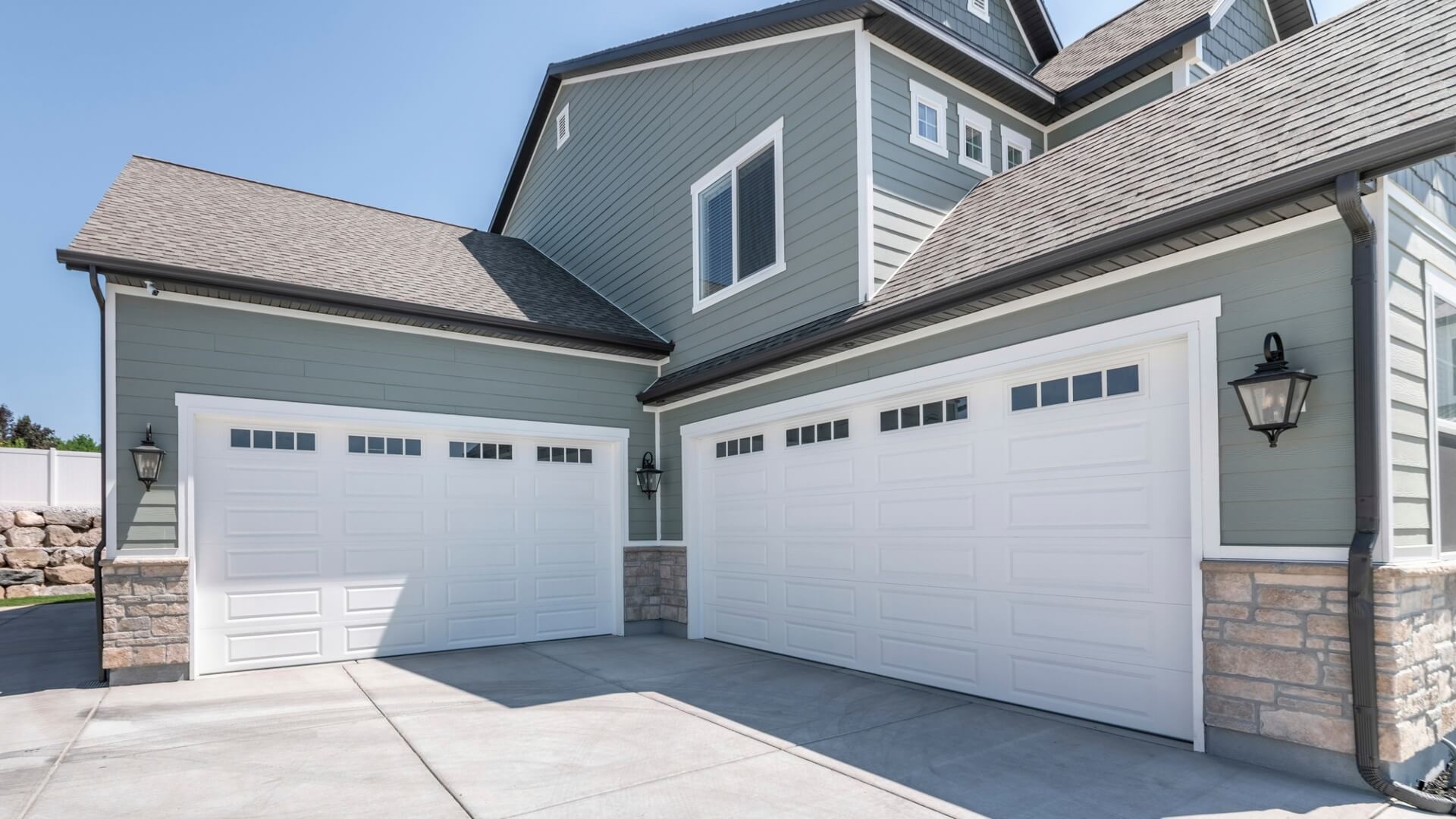A new concrete driveway can offer both aesthetic and functional improvements to your property. It not only boosts curb appeal but also provides a practical space for parking vehicles. Nevertheless, careful planning and execution, guided by reliable concrete leads, are crucial to prevent costs from spiralling out of control.
Here are some savvy strategies to manage expenses while ensuring a high-quality outcome.
1. Understand Your Project Needs
As you start your concrete driveway project, it’s essential to determine your specific needs. Consider the size: how wide and long should it be to accommodate your vehicles comfortably? Next, think about the shape. Do you prefer a straight driveway, or does your property require a more curvilinear approach? Another critical aspect is the thickness of the concrete, which directly impacts the durability and lifespan of your driveway.
By taking these factors into account, you can accurately calculate concrete costs and ensure your budget allocation covers all necessary aspects without overshooting.
2. Embrace Simplicity In Design
Choosing a simple design for your driveway can be an effective strategy for managing costs. It’s easy to be drawn to intricate designs that include curves, elaborate patterns, and unique finishes.
However, these complexities often entail additional labour and materials, which can quickly inflate your project’s overall cost. By opting for a straightforward, uncomplicated design, you can significantly reduce labour requirements and material needs without compromising the functionality of your driveway.
3. Choose The Right Contractor
In the context of a concrete driveway project, selecting a suitable contractor plays a critical role. An experienced contractor, such as Blundell Concrete, can provide invaluable guidance. They can streamline the entire process, navigate around common hurdles, and promote effective waste reduction.
Remember, a contractor’s role goes beyond simple execution. They’re key to ensuring that the project is completed successfully and within budget. This balance between superior quality and cost-effectiveness is what marks a contractor as an excellent choice for your project.
4. Consider The Timing
When planning your concrete driveway project, timing can be a game-changer. The demand for concrete services tends to ebb and flow throughout the year, leading to price fluctuations. During peak seasons, when contractors are in high demand, prices can rise. In contrast, off-peak periods might see less demand, which can lead to more competitive pricing.
Strategically scheduling your project for an off-peak time can potentially result in considerable cost savings. Do some research and consult with professionals to determine the most cost-effective time to undertake your project.
5. Use Local Materials
One cost-effective strategy is opting for local materials for your concrete driveway project. Sourcing materials from distant locations can add hefty transportation fees to your budget.
Local suppliers can often provide competitive prices and the advantage of quicker delivery times. Plus, using locally available materials can contribute to your region’s economic growth, creating a win-win situation.
6. Buy In Bulk
Frequently, suppliers offer discounts when materials are bought in bulk. So, when it’s time to calculate concrete costs, consider the possibility of ordering all the required materials at once.
This strategy could lead to substantial savings, especially for larger projects. However, be mindful of your exact needs to avoid excessive purchases.
7. Adopt Eco-Friendly Practices
Practice sustainability by reusing and recycling materials. If your project involves replacing an existing driveway, inspect the old materials. Some may still be in good condition and could be integrated into your new driveway. This approach also reduces the need for new materials, translating into cost savings.
Furthermore, consider permeable concrete to reduce the need for complex and expensive drainage systems. Using eco-friendly materials or methods might make you eligible for grants or rebates. Thus, adopting sustainable practices can create a scenario advantageous to both your pocket and the environment.
8. Minimise Waste
Cutting down on waste is a proven strategy to curb costs. Ensuring accurate measurements and effective use of materials can significantly reduce waste.
Moreover, any leftover materials from your driveway project could be repurposed for other home improvement projects or sold to recoup some of your expenses.
9. DIY When Possible
While it may be necessary to hire professional services for large-scale tasks, you may be able to handle some smaller aspects of the project on your own.
For example, you could take on tasks such as site preparation, marking out the driveway, or post-construction clean up. By completing these smaller tasks yourself, you can reduce labour costs and save money.
10. Plan For The Long Term
Finally, when planning your driveway, it’s essential to think in the long term. Initially, some options may seem cost-effective, but inferior materials or craftsmanship could lead to premature wear and tear, costing you more in the long run. So, ensure that quality isn’t compromised for the sake of initial savings.
Final Takeaway
Installing a concrete driveway can be a significant undertaking. But with these cost-saving strategies in mind, it’s possible to reduce expenses while still achieving a beautiful, durable driveway.
From understanding your needs and choosing a reliable contractor to optimising design and planning for longevity, each step plays a vital role in enhancing the overall worth of your project. The perfect driveway isn’t merely about aesthetics; it’s also about practicality and smart planning.






























